Reality TV has become a dominant force in entertainment, but it wasn’t always this way. The genre has roots that trace back to the early days of television, when a few brave producers decided to try something different. Before the Kardashians or survival challenges, there were the groundbreaking shows that set the stage for everything that followed. These shows didn’t just entertain—they reshaped how we watched TV and how we interacted with it.
From unscripted drama to competitions that put ordinary people in extraordinary situations, reality TV started off with a bang and only grew more influential as time passed. The pioneers on this list broke boundaries and introduced concepts we now take for granted in today’s TV landscape. If you’ve ever wondered where it all began, these 15 shows are a great starting point to understand the roots of modern reality television. They didn’t just entertain—they changed the way we watch TV forever.
The Real World

The Real World debuted in 1992, setting the stage for modern reality TV. It brought together a diverse group of young adults to live in a shared space in New York City. The show was groundbreaking, capturing real-life interactions and conflicts. This format was novel, as it focused on authentic human experiences rather than scripted drama.
The Real World set a precedent for the confessional style, where cast members shared personal thoughts directly with the audience. It tackled issues like race, sexuality, and politics, offering viewers an unfiltered look into the lives of its participants. A true trailblazer.
Survivor

Survivor, premiering in 2000, revolutionized reality TV with its competition-based format. Stranded on a remote island, contestants faced physical and mental challenges to outwit, outplay, and outlast each other. The show’s social experiment aspect added an intriguing layer, as players navigated alliances and betrayals.
Survivor’s tribal council eliminations introduced drama and tension, engaging audiences with its unpredictable nature. The blend of survival skills and social strategy made it a hit. Survivor’s success led to numerous international versions, cementing its place as a cornerstone of reality TV.
Big Brother

Big Brother’s 2000 debut offered a unique twist on reality TV with its surveillance-style format. Contestants lived together in a house equipped with cameras, capturing every moment. The show’s intrigue lay in its social dynamics, as participants formed alliances and strategies to avoid eviction.
Viewers became engrossed in the psychological aspect, observing how isolation and constant observation affected behavior. The inclusion of live audience voting added interactivity, allowing fans to influence outcomes. Big Brother’s innovative approach paved the way for similar formats around the world, creating a lasting impact.
The Osbournes
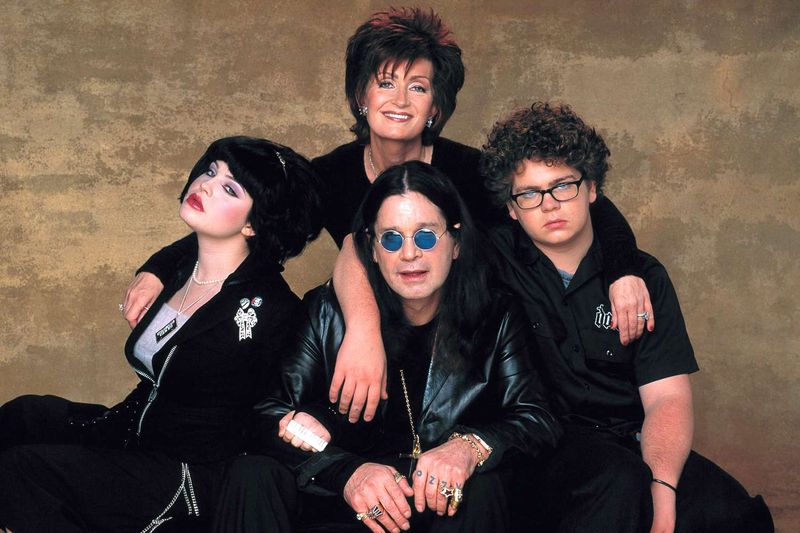
The Osbournes, debuting in 2002, offered a candid glimpse into the life of rock legend Ozzy Osbourne and his family. This reality show highlighted the everyday chaos and humor of their domestic life, breaking the stereotype of rockstar personas.
The Osbournes’ appeal lay in its raw and unfiltered portrayal of celebrity life. It humanized Ozzy, showcasing not just his fame but his role as a father and husband. The show’s success demonstrated that reality TV could be both entertaining and relatable, bridging the gap between celebrities and audiences.
American Idol
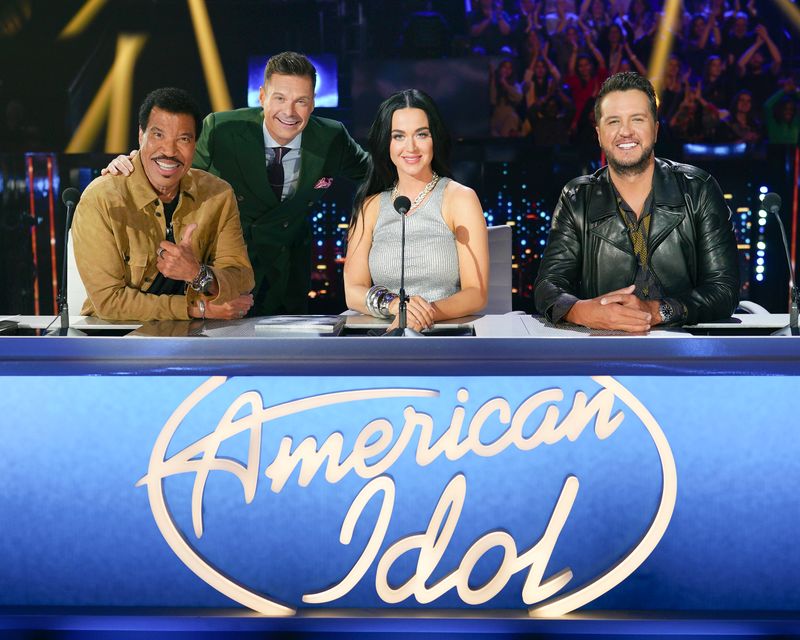
American Idol, which debuted in 2002, reshaped reality TV by turning everyday people into stars. Aspiring singers showcased their talents in front of a panel of judges, with the audience voting for their favorites. The format combined talent, aspiration, and audience participation.
The show’s impact was profound, launching the careers of many well-known artists. Its engaging format captured the nation’s heart, making it a cultural phenomenon. American Idol demonstrated the power of audience involvement in shaping a show’s success, influencing the talent competition genre significantly.
The Bachelor
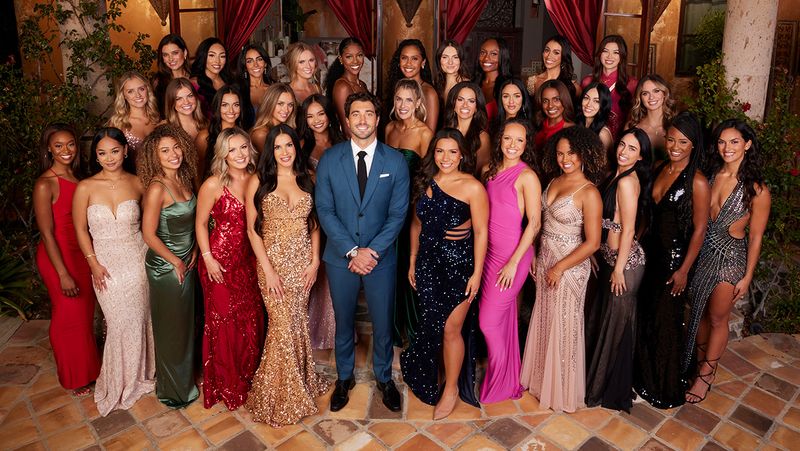
The Bachelor premiered in 2002, offering a romantic twist to reality TV. A single man embarked on a quest for love, dating multiple women in a lavish setting. The show’s drama stemmed from the interactions and rivalries among contestants vying for his affection.
Viewers were captivated by the emotional rollercoaster of love, heartbreak, and unexpected twists. The Bachelor popularized the reality dating show genre, inspiring numerous spinoffs. Its blend of romance and competition has kept audiences enthralled, maintaining its status as a mainstay of reality television.
The Amazing Race

The Amazing Race, launching in 2001, transformed reality TV with its globe-trotting adventure format. Teams of two raced around the world, facing various challenges and detours. The show’s appeal lay in its fast-paced storytelling and the vibrant cultural backdrops.
The Amazing Race’s emphasis on teamwork and problem-solving added depth to its competitive aspect. Viewers enjoyed the thrill of travel, experiencing diverse cultures through the eyes of participants. The show’s innovative format and engaging premise have earned it numerous accolades, solidifying its place as a beloved reality competition.
Fear Factor
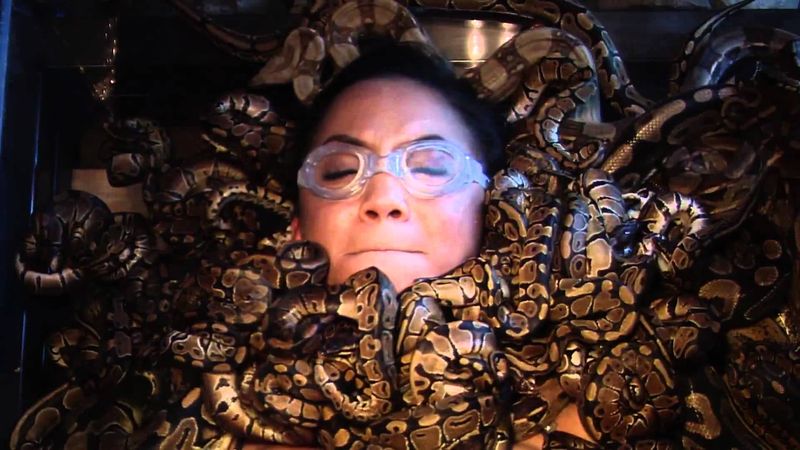
Fear Factor, which premiered in 2001, introduced audiences to extreme challenges and stunts. Participants faced their fears, competing in tasks that tested their limits, from eating bizarre foods to enduring high-adrenaline situations.
The show’s appeal lay in its shock value and the thrill of watching contestants overcome their fears. Fear Factor pushed the boundaries of reality TV, offering viewers a mix of excitement and disbelief. Its daring format set a new benchmark for challenge-based shows, influencing the creation of similar adrenaline-pumping programs.
The Simple Life
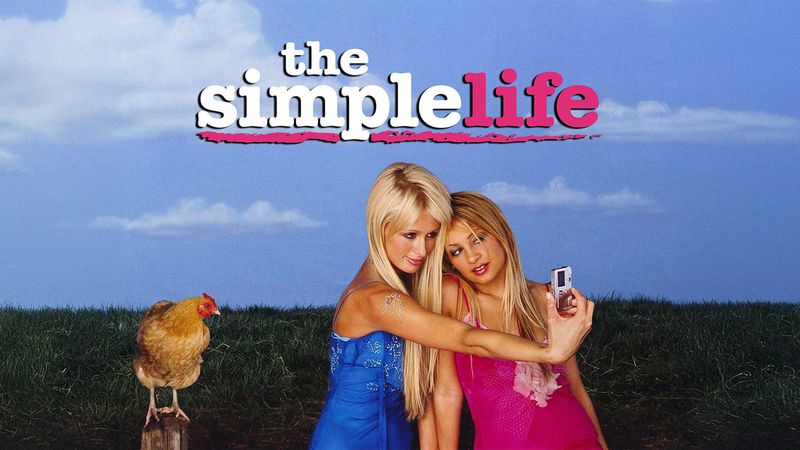
The Simple Life, debuting in 2003, starred socialites Paris Hilton and Nicole Richie as they traded luxury for rural living. The show’s humor came from their attempts to adapt to farm life, offering a comedic take on culture clash.
The Simple Life’s charm lay in its fish-out-of-water premise, highlighting the stark contrast between city glam and country simplicity. Viewers enjoyed the lighthearted escapades and the genuine moments of growth experienced by the stars. The show’s unique concept made it a standout in the reality genre, showcasing that opposites truly attract.
The Apprentice
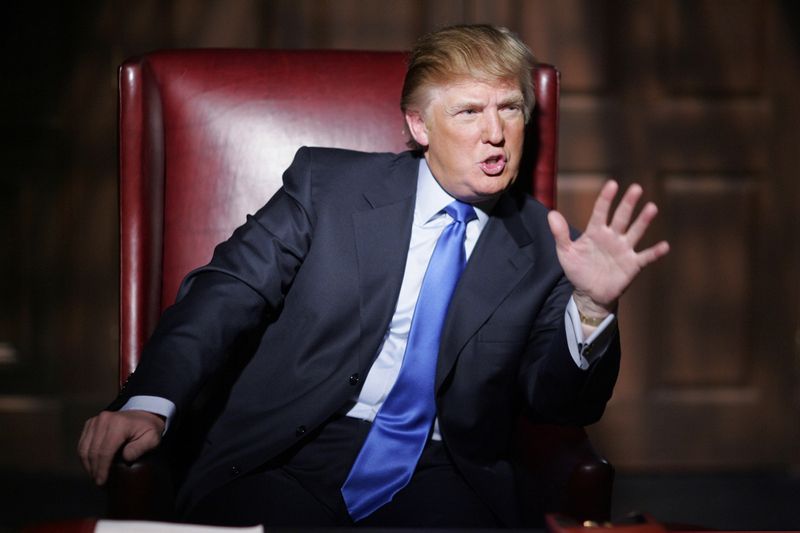
The Apprentice, launching in 2004, brought business acumen to reality TV. Contestants faced corporate challenges, vying for a coveted job with business mogul Donald Trump. The show’s format combined competition with real-world business scenarios.
The Apprentice’s boardroom confrontations and task-based competitions added drama and excitement. It offered viewers insights into corporate strategies and leadership, making it both entertaining and educational. The show’s success highlighted the appeal of professional-themed reality TV, influencing the creation of similar programs.
Queer Eye for the Straight Guy

Queer Eye for the Straight Guy, debuting in 2003, revolutionized makeover shows with its focus on lifestyle transformations. The Fab Five, experts in various fields, helped men refine their style, grooming, and living spaces.
The show’s impact was significant, promoting acceptance and inclusivity. It brought a fresh perspective to reality TV, blending humor with heartfelt moments. Queer Eye’s positive message and engaging format resonated with audiences, proving that reality TV could be both entertaining and empowering. Its legacy continues with successful reboots and adaptations.
Top Chef

Top Chef, premiering in 2006, elevated culinary arts in reality TV. Professional chefs competed in high-stakes cooking challenges, showcasing their skills and creativity. The show’s format emphasized both culinary expertise and presentation.
Top Chef’s appeal lay in its celebration of food as an art form. Viewers were treated to a visual feast of innovative dishes and cooking techniques. The show’s focus on talent and craftsmanship set a high bar for culinary competitions, inspiring a new wave of food-focused reality programming.
Project Runway

Project Runway, launched in 2004, brought fashion design to the forefront of reality TV. Aspiring designers faced creative challenges, crafting garments to impress a panel of industry experts. The show’s format combined artistic expression with competitive pressure.
Project Runway offered viewers a behind-the-scenes look at the fashion industry, highlighting the creative process and the intensity of design challenges. It inspired audiences to appreciate the art of fashion, paving the way for similar design-focused shows. The show’s success demonstrated the universal appeal of style and creativity.
America’s Next Top Model

America’s Next Top Model, debuting in 2003, transformed the modeling industry by offering aspiring models a platform to showcase their talents. The show’s format combined photo shoots, runway challenges, and industry insights.
Viewers were captivated by the transformation journeys of contestants and the demanding nature of the modeling world. America’s Next Top Model highlighted the multifaceted aspects of being a model, from poise to perseverance. The show inspired countless individuals to pursue modeling careers, leaving a lasting impact on the industry.
Cops
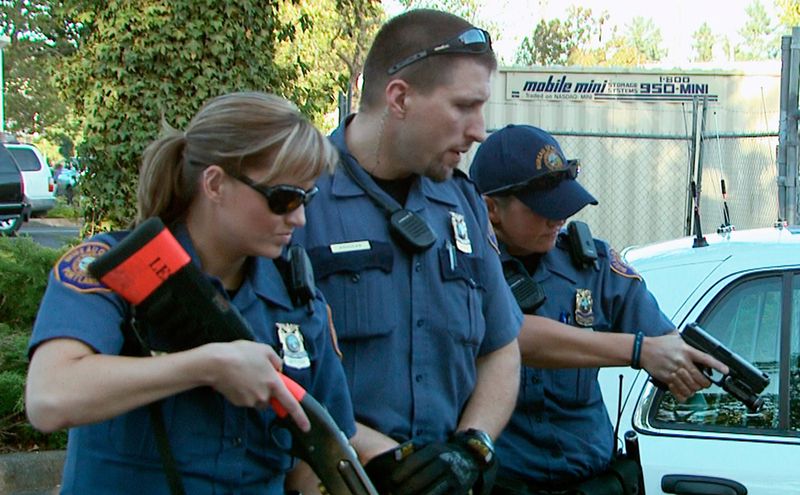
Cops, which premiered in 1989, is one of the earliest examples of reality TV, offering an unfiltered look at law enforcement. The show followed police officers in action, capturing everything from high-speed chases to routine patrols.
Cops’ raw and unedited style resonated with audiences, providing a gritty glimpse into the daily challenges faced by law enforcement. Its straightforward format paved the way for crime-based reality shows and highlighted the complexity of policing. Cops remains a seminal example of how reality TV can bring real-world professions into viewers’ living rooms.
